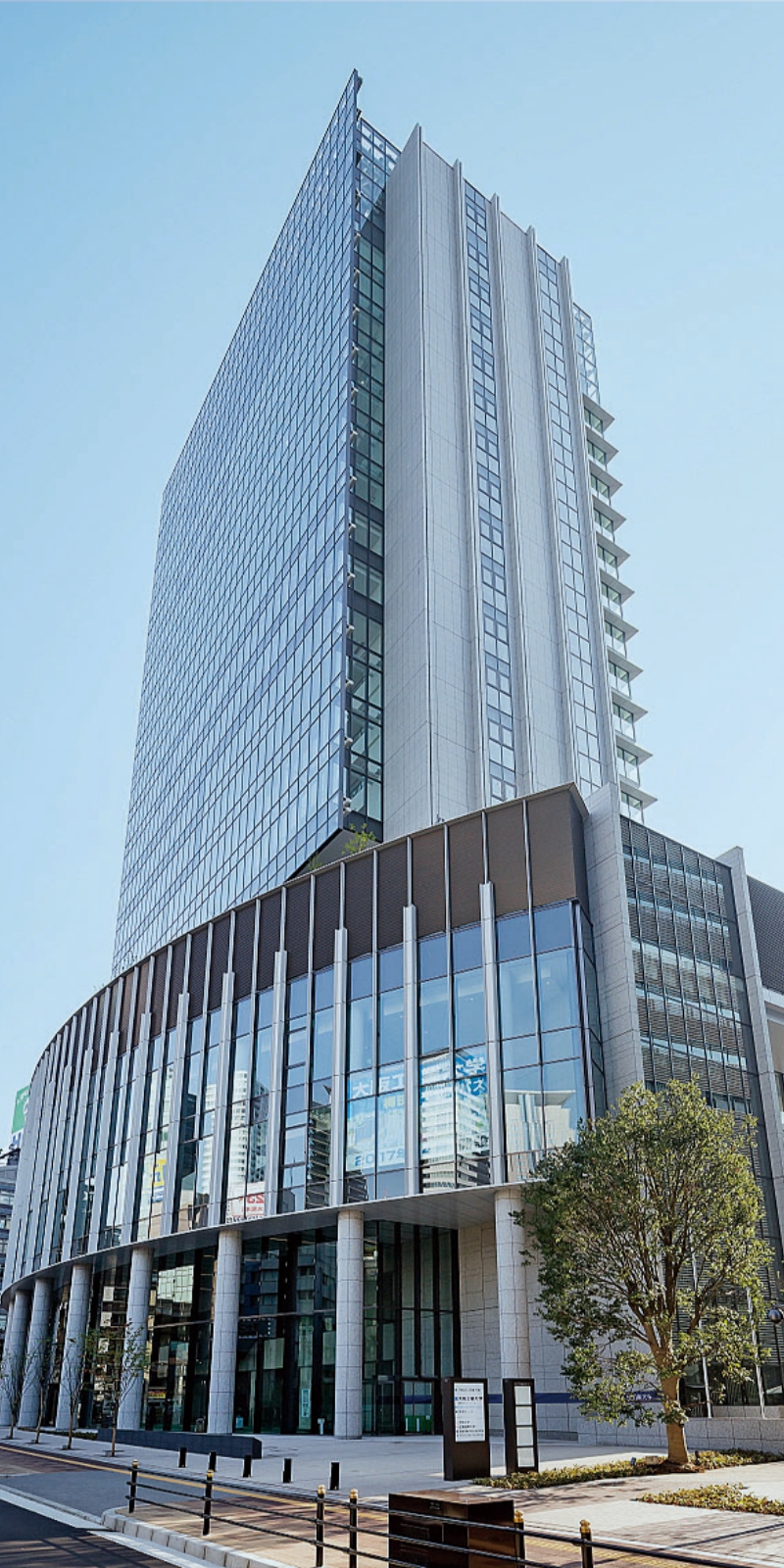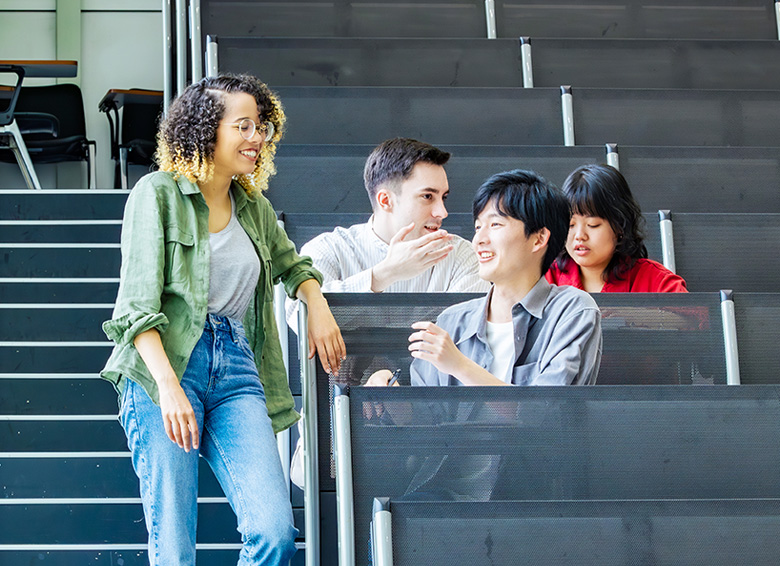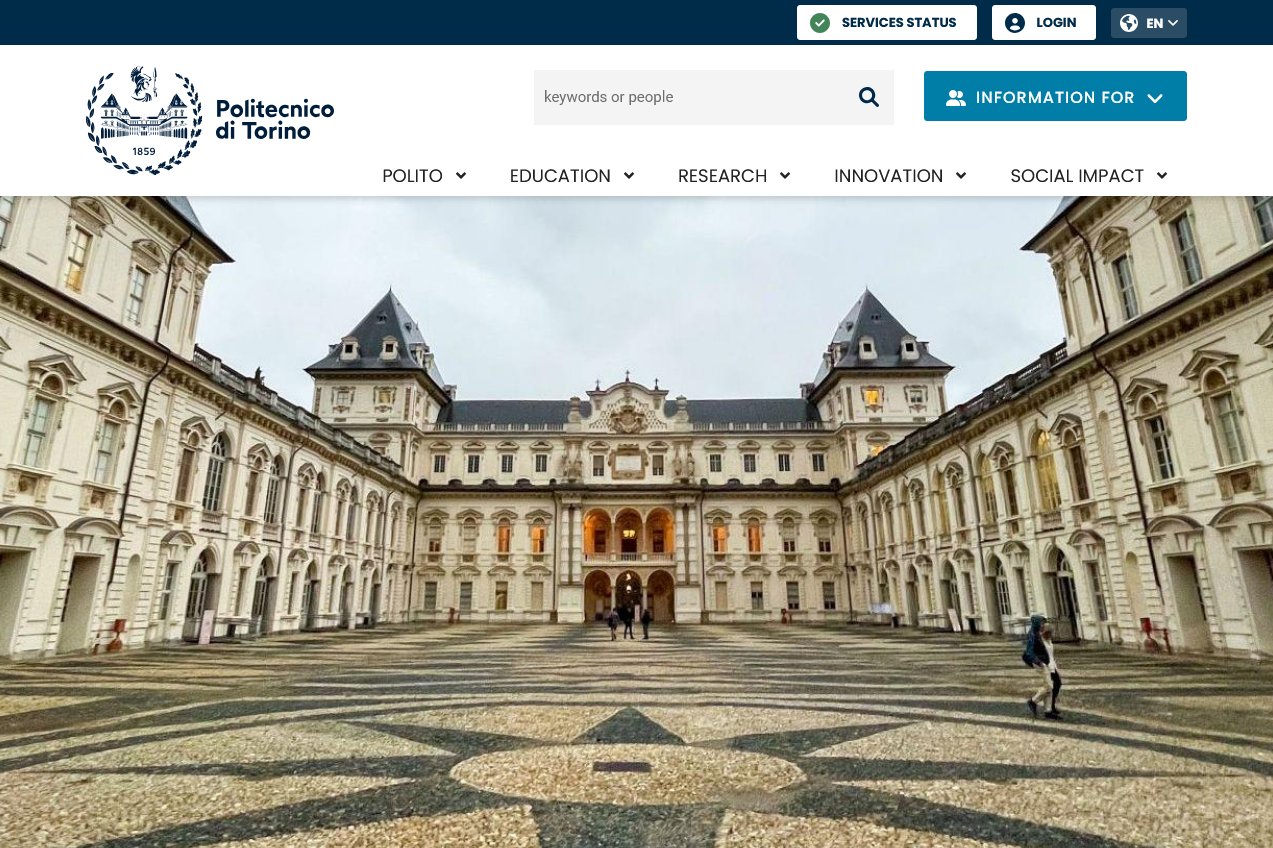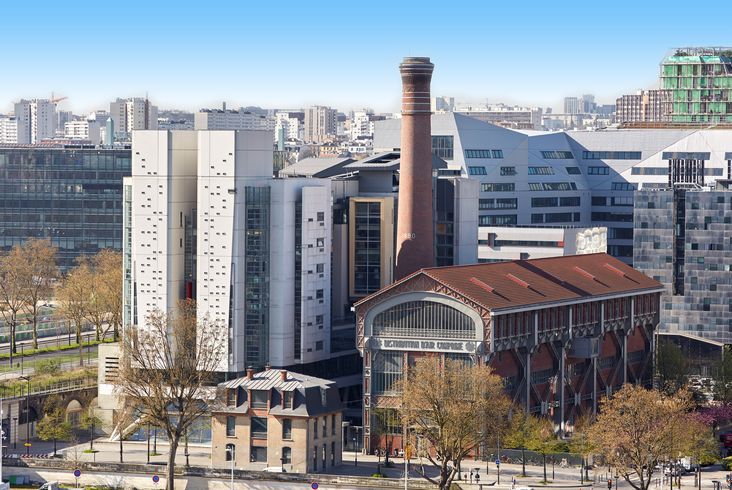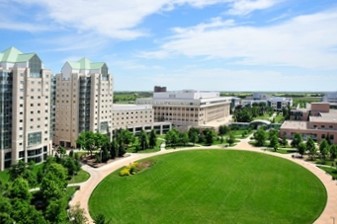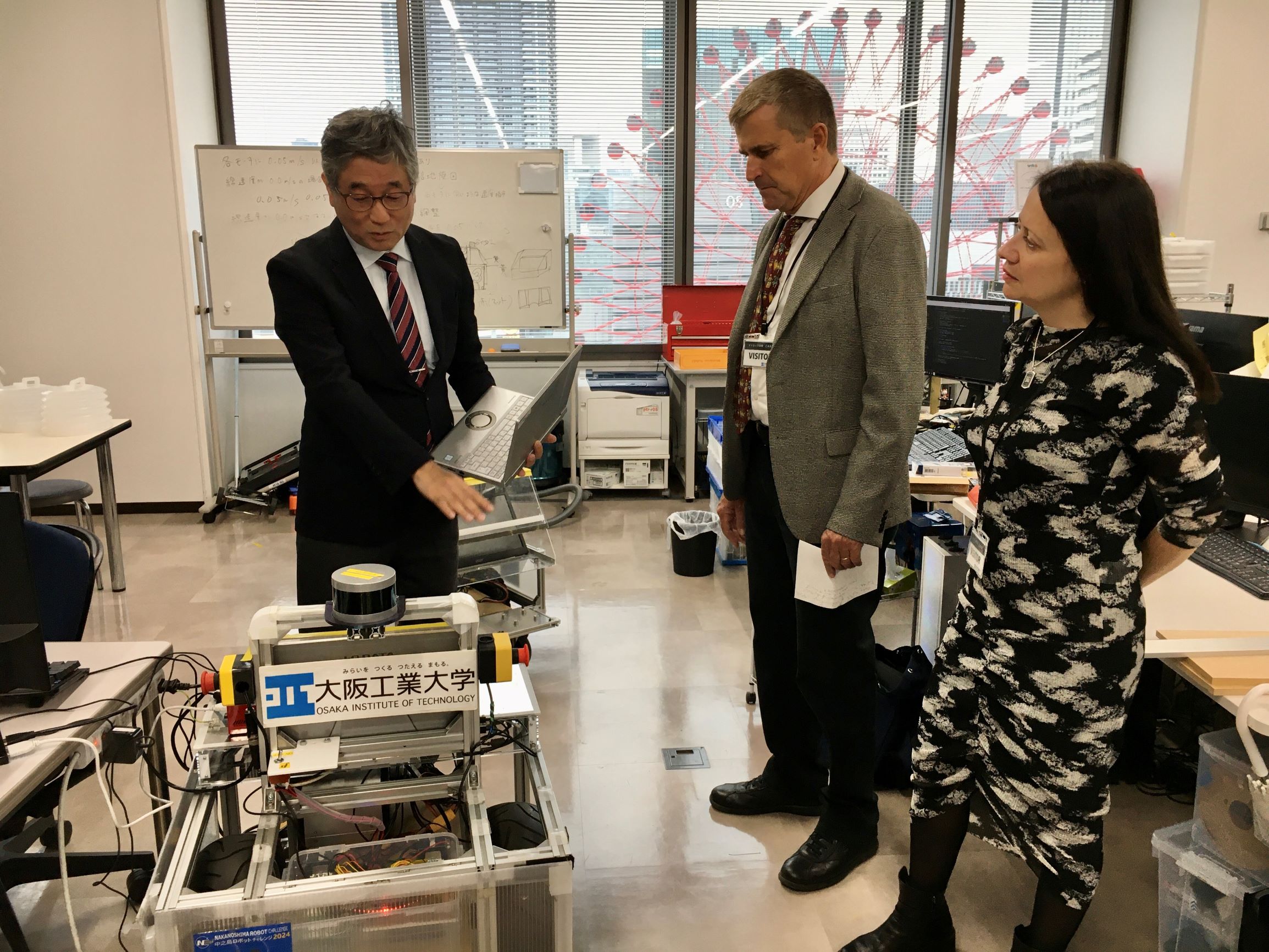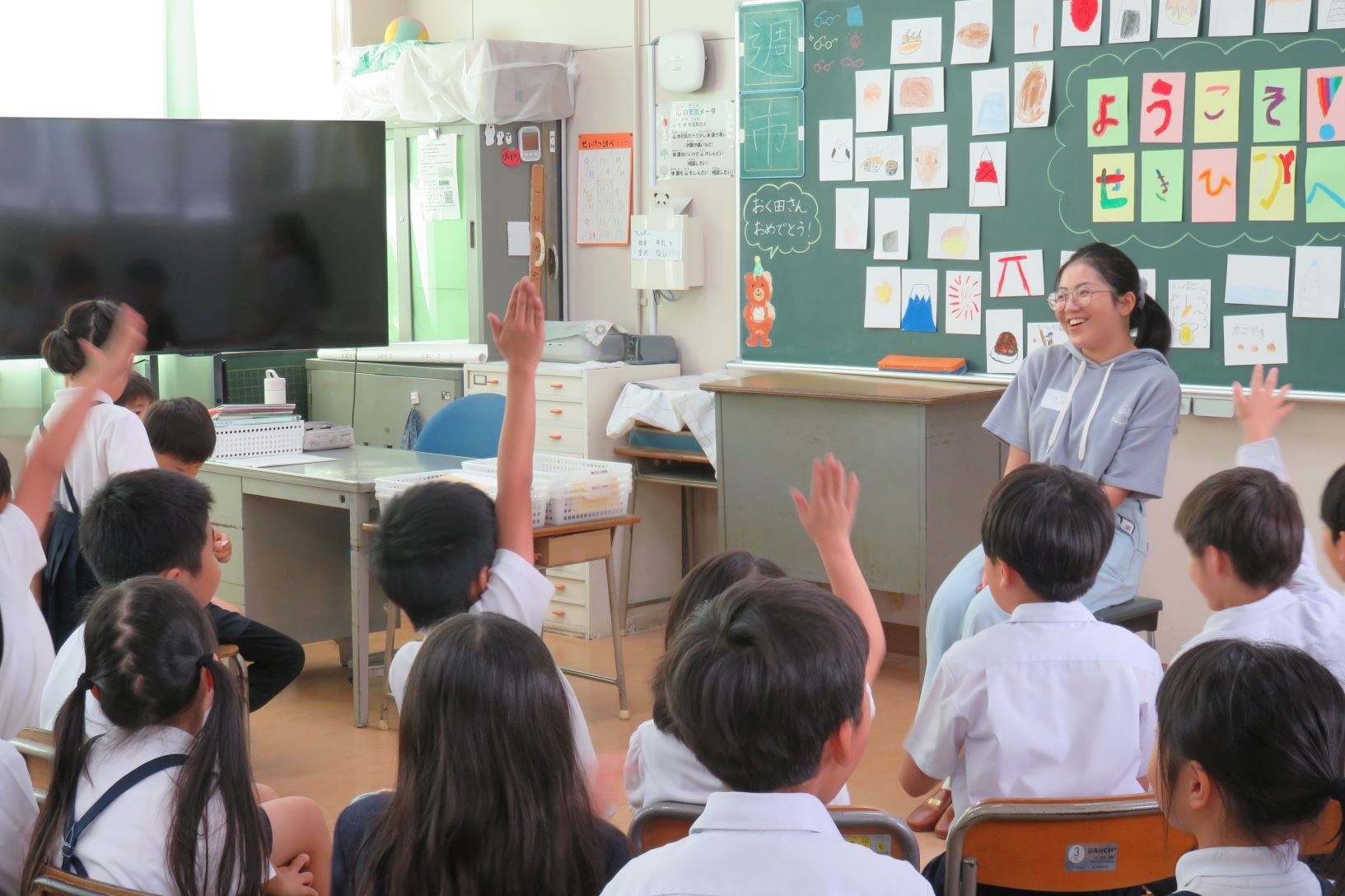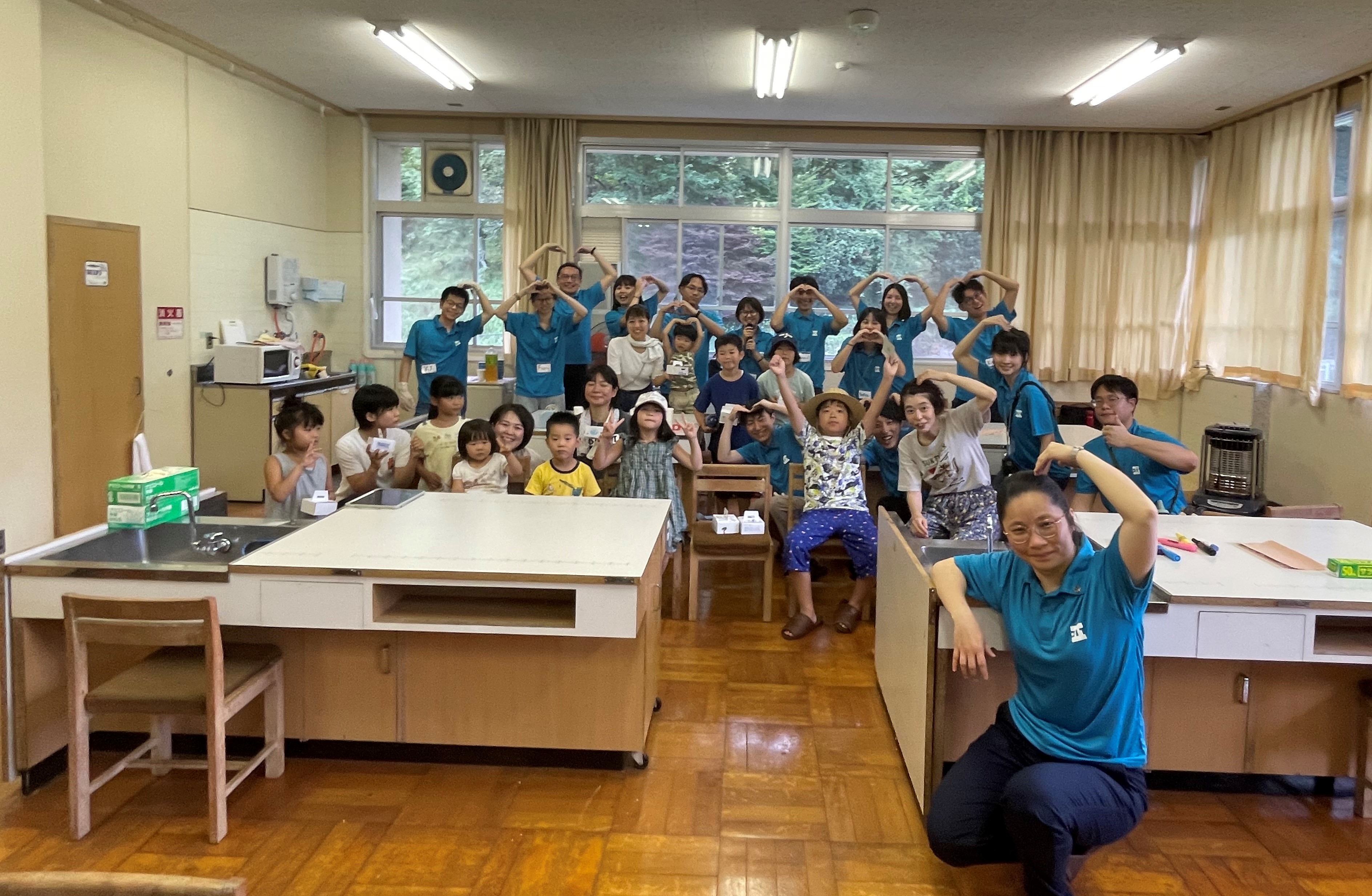Information お知らせ
Contents
Some of the content is linked to the Japanese-language official website.
Please click the “English” button on each page to view it in English.
About
- Location & Access(アクセスマップ)
- Fact (OIT at Glance)
- Organization
- History
- OVER THE LIMIT
- OIT 2024-2025 (PDF)
Education
Research
International (Exchange students / Overseas partners)
- Student Exchange Program (for Partner Universities)
- Exchange Students Accepted in the Past
- Student Exchange Program (IAESTE and UMAP)
- Pre-departure Guide for Exchange Students
- Overseas Partner Institutions
- International Center
